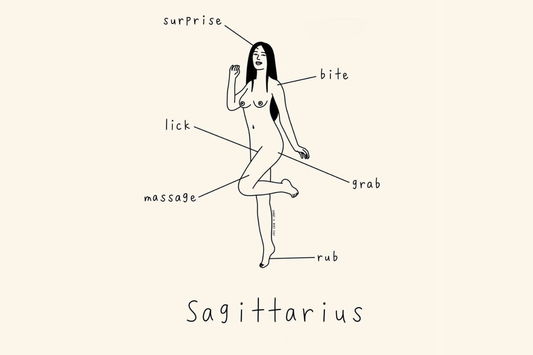Vibrators have traveled a long and fascinating journey, evolving from clinical medical devices into symbols of personal empowerment and self-care. Over the years, their design, purpose, and cultural significance have shifted dramatically, transforming a once-taboo product into something that can be worn as sophisticated jewelry, proudly representing self-love, intimacy, and personal power.
From Medical Treatment to Mainstream Sensation
The origins of vibrators can be traced back to the 19th century, when they were used by physicians to treat women for what was then termed "hysteria"—a catch-all diagnosis for various symptoms like anxiety or irritability. It wasn’t until decades later that vibrators became popularized for personal use and began their journey toward becoming iconic symbols of sexual wellness and empowerment. Along the way, there have been key moments in vibrator history that not only changed how we view these devices but also shaped the broader conversation around sexual health.
Here are three of those pivotal moments that stand out in vibrator history:
1968: The Magic Wand Takes Center Stage
In 1968, the world was introduced to what would become one of the most iconic vibrators ever created: the Magic Wand. Known for its powerful, deep vibrations, the wand was originally marketed as a general body massager. However, it quickly earned its nickname as the "Cadillac of Vibes" due to its incredible effectiveness for clitoral stimulation. The Magic Wand remains a staple in the world of sex toys and has earned an almost legendary status. Its design, large size, and unmistakable power set a new standard for vibrators, helping to de-stigmatize their use and bring sexual pleasure more openly into the mainstream.
1984: The Rabbit Vibrator Gets Its Pop Culture Moment
Fast forward to the mid-1980s, and the world was about to witness another significant moment in vibrator history. The Rabbit Vibrator, designed for dual stimulation (both clitoral and vaginal), was launched. While it had already gained popularity in sex toy circles, its cultural moment truly arrived in 1998, when it was featured on HBO’s Sex and the City. In the episode, character Charlotte York becomes obsessed with her Rabbit vibrator, bringing the product into the pop culture spotlight. This moment not only made the Rabbit vibrator a household name but also normalized the idea of women enjoying and talking about their own pleasure.
2014: The Vesper Vibrator Necklace Brings Self-Expression to the Forefront
In 2014, CRAVE redefined what a vibrator could be with the launch of the Vesper Vibrator Necklace. Designed to be both a stylish piece of jewelry and a powerful vibrator, the Vesper symbolized a new era of sexual wellness—one in which women could proudly wear and celebrate their sexuality without shame. More than just a toy, the Vesper became a statement piece, representing sexual empowerment and autonomy. Worn as a statement necklace, it blends intimacy with self-expression, offering a bold yet elegant reminder that sexual pleasure is something to be celebrated, not hidden away.
The Evolution of Pleasure: More Than Just a Toy
These iconic moments in vibrator history reflect more than just advancements in technology; they represent shifting attitudes toward pleasure and sexual health. From household appliances repurposed for intimacy to sleek designs that prioritize discretion and empowerment, vibrators have come a long way. Today, they are not only tools for pleasure but symbols of personal power, self-love, and confidence.
As we continue to break down taboos surrounding sexual wellness, vibrators will likely keep evolving, both in form and cultural significance. Whether it’s the Cadillac of vibes, a pop culture favorite, or a piece of intimate jewelry, vibrators remind us that pleasure is personal—and powerful.










